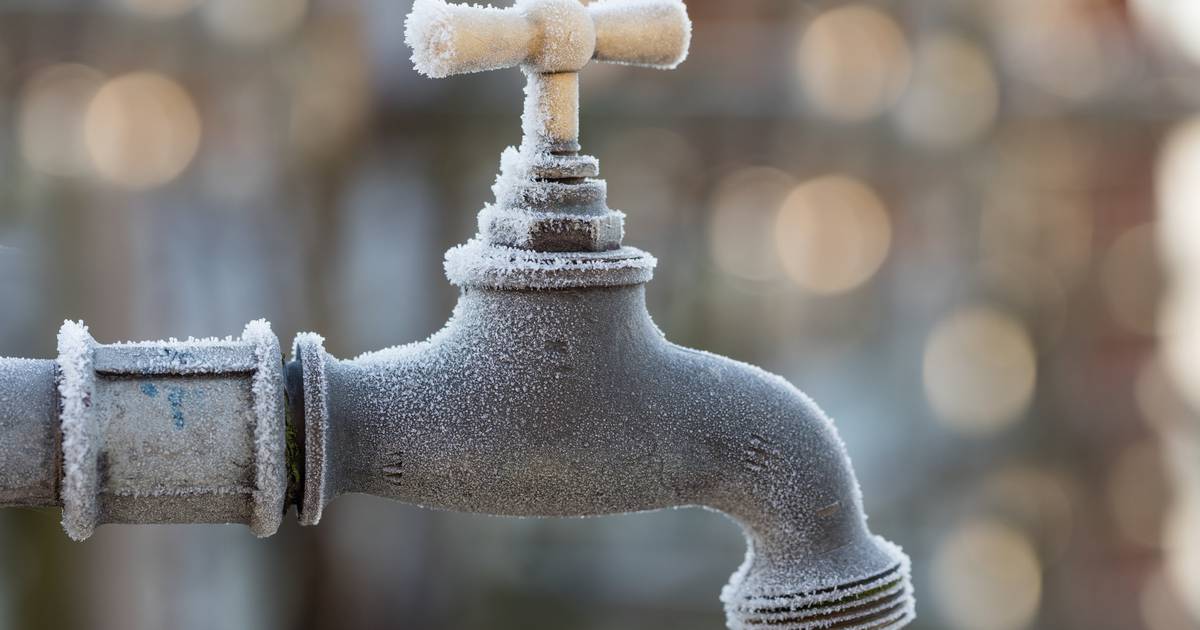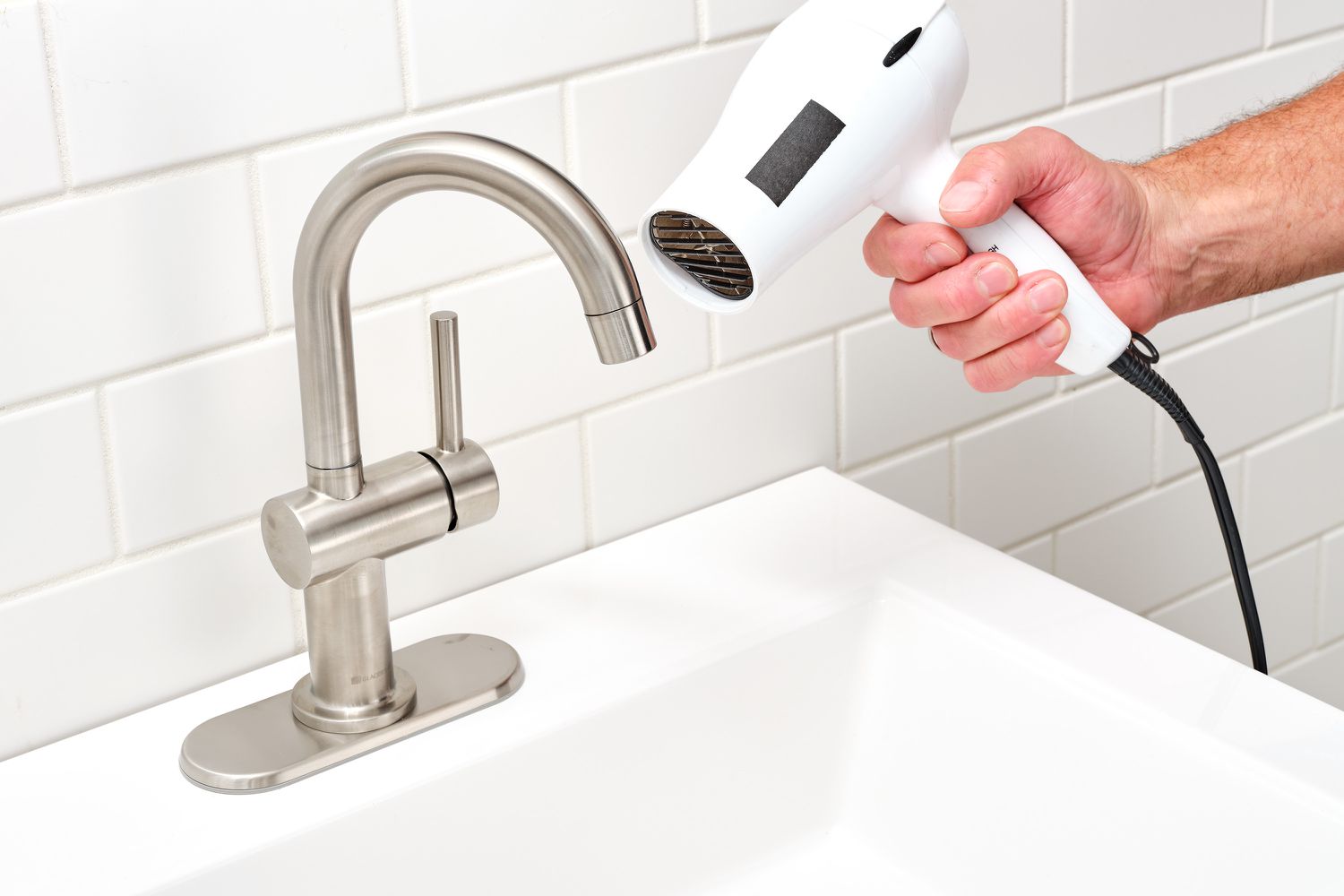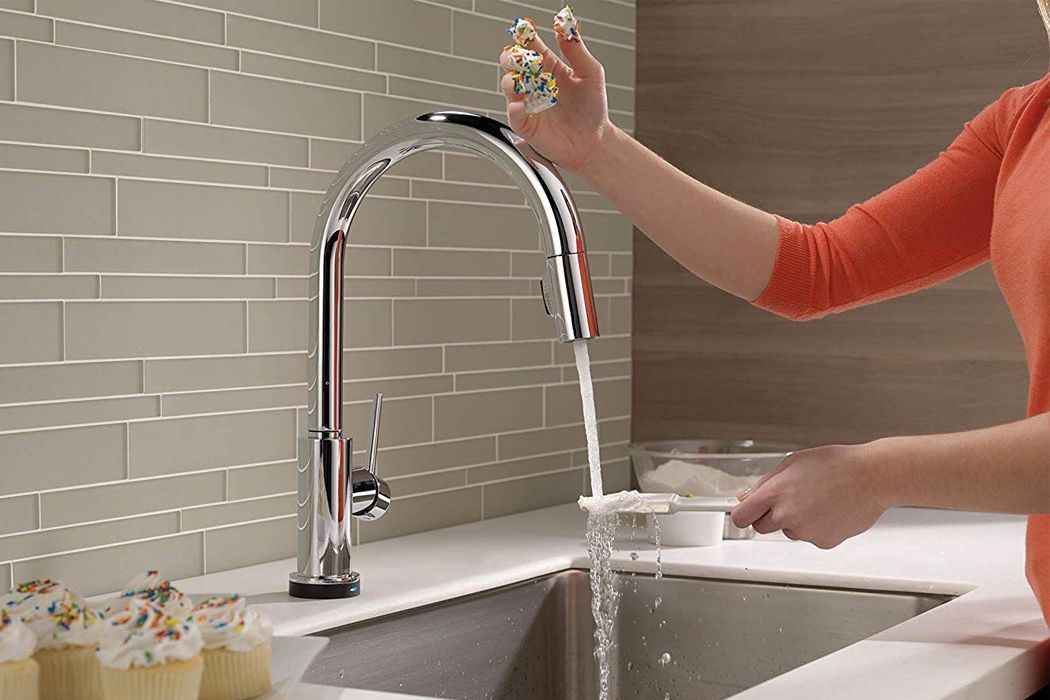How To Thaw Frozen Pipes?
By Mary Ann
5 January 2023
One of the most bothersome cold-weather afflictions is frozen pipes, but what exactly causes them? When it gets cold, water inside plastic pipes may freeze, swelling and pressuring as a result. Frozen pipes have the potential to burst, flooding your home and obstructing proper water flow. Due to this, it's essential that homeowners know what to do if their pipes freeze.

How to handle a busted pipe?
You will need to take quick action if a pipe bursts in your house to prevent further damage. As soon as you can, turn off your water. Doing this can reduce the quantity of water that leaks through your walls. In the impacted region of your home, you might also want to turn off the power. After taking these safety measures, it's time to call a plumber and begin cleaning up the mess that has been made. To prevent mould growth and mildew, try to get rid of as much water and remaining moisture as possible. You could also need to hire additional professionals to take care of damage to your walls, carpet, and flooring, depending on how serious your situation is.
How to thaw pipes?
What signs of frozen pipes can you look for? It may be a sign that water inside the pipes has frozen and is obstructing a free flow if you turn on the bathroom or kitchen faucet and only observe a trickle or a few droplets of water come out. However, keep calm. You might be better prepared than you realize to handle the circumstance. This quick guide will show you how to unfreeze a frozen pipe.
Step 1: Activate the faucet.

Keep using it. Even a small amount of drippage from the faucet can save a pipe from exploding. It makes sense since when freezing takes place, there is intense pressure created between the faucet and the ice blockage. This pressure is released by an open faucet, which helps to stop a burst from happening.
Step 2: Warm up the frozen region.
Apply heat gradually using a hair dryer. There are various methods for doing this. You can use a space heater or a hair dryer as an external heat source, or you can wrap the pipes in thermostatically controlled heat tape. The use of a propane torch poses a fire risk and may cause pipe damage.
If you elect to use a hair dryer, start blowing air near the end of the pipe closest to the faucet and move it gradually toward the coldest part. Take care to avoid blowing a fuse or overheating the hair dryer. Keep in mind that while heat is being provided, the faucet should remain open.
Step 3: Keep applying heat.

Continue heating after the water pressure is back to full. It's still a good idea to leave the faucet open for a time after the pipe has thawed. The ice will have more time to completely retreat from the line as a result.
Step 4: Inspect all faucets to avoid future pipe freezing.
To check for additional frozen pipes, check each faucet in your house. One frozen pipe could indicate the presence of further ones.
Call a plumber if the issue continues.
By following a few straightforward measures, you can stop pipes from freezing again:
- Maintain your home's temperature above freezing and turn off all of the water before you leave.
- Make careful to keep any water pipes insulated with foam rubber or heating cable, especially those that are close to exterior walls.
- Keep cabinet doors ajar to promote airflow.
- Allow cold water to drip from your faucets; even a trickle makes it more difficult for a pipe to freeze. To avoid wasting the water, you can catch the drips and use it again, possibly to clean or water plants.
How much time does it take pipes to defrost?
It normally takes 30 minutes to thaw frozen pipes using any of the few available techniques. Depending on the climate, how long the pipe has been frozen, and where the pipe is located, this can change. Any of these elements may lengthen the thawing process.
You Might Also Want To Read This
Popular Posts







